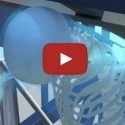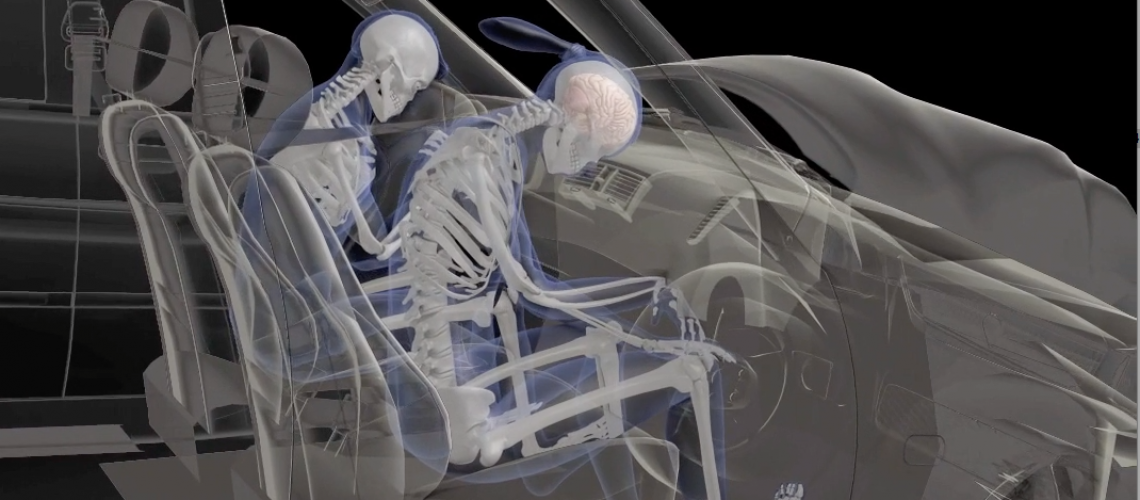 At Cogent Legal, we create graphics to visually convey concepts for business cases, patent cases, employment and more. One the most useful things we do, in my view as a former litigator who handled numerous PI cases, is create animations that show in slow motion the mechanism of injury and explain visually exactly how an incident caused the injury.
At Cogent Legal, we create graphics to visually convey concepts for business cases, patent cases, employment and more. One the most useful things we do, in my view as a former litigator who handled numerous PI cases, is create animations that show in slow motion the mechanism of injury and explain visually exactly how an incident caused the injury.
Regardless of whether liability is an issue, visually explaining to the jury precisely how an injury occurred is a crucial part of a plaintiff’s case presentation. Often, plaintiff’s attorneys begin an admitted-liability case by presenting the medical treatment the plaintiff received. In effect, this marginalizes the most dramatic aspect of the case: the incident.
Below you’ll see some sample animations Cogent Legal created that illustrate the value of animations in PI cases.
Since the plaintiff is entitled to recover for the emotional effect of the incident itself, depicting the incident visually allows the full story—and the full measure of damage—to be presented, rather than starting the story of the case with the admission to the emergency room.
Additionally, I’ve seen plaintiff’s attorneys limit their visual presentation of the incident to a single photo of a wrecked car, for example. The problem with this single image—as opposed to, say, an animation or diagram—is it leaves it to the jury to creatively connect the dots in their minds about the relationship between inanimate objects and the injury. If causation of injury is an issue, then precisely showing how the incident created the necessary forces on the body for injury by movement of the person helps the expert meet this burden of proof.
Below is a sample animation we recently created at Cogent Legal for a case involving a painter injured in an elevator shaft. The first clip shows the movement of a basket lift being forced up by an elevator below it and jamming the plaintiff into a beam above the elevator causeway. For that case, we also created diagrams to establish liability of the parties.
Our goal was to show the mechanics of how the force caused stretching of the nerves running through the plaintiff’s neck, resulting in injury. Since the actual causation of the injury was highly disputed, being able to show the mechanics of how such an incident causes such an injury was crucial.
The remainder of the video shows short excerpts from biomechanical animations that Cogent Legal created for other cases. They’re included to give you an idea of how different incidents and injuries can be animated.
For your next case, consider developing diagrams and animations to show the actual cause of the injury. Please email me or call 510-350-7616 if you have any questions about developing animations or other visuals for your case.
***
On another note, Cogent Legal has been nominated for Best Presentation Provider in The Recorder’s annual poll of law firms and legal service providers. The poll is going on now and ends July 11. If you have a moment to participate, please go to https://www.surveymonkey.com/s/RecorderBEST2014. We are in category #29 and would greatly appreciate your support.
If you’d like to receive updates from this blog, please click to subscribe by email.


